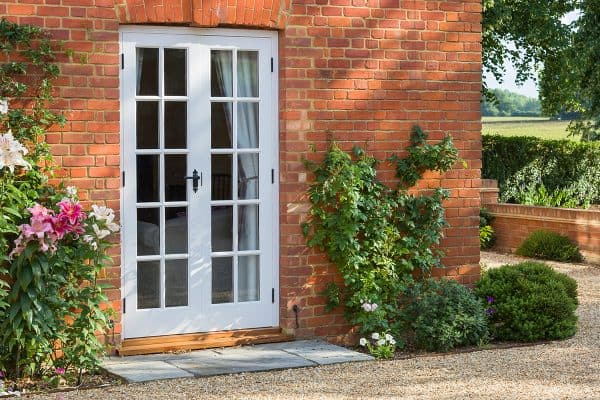Are you working on a home renovation project, and do you want to know if the floor trim is the same as the door trim? You’ve come to the right place, because we have researched this question and have the answer for you.
No, door trim is not the same as floor trim. There are important differences between door trim (also known as casing) and floor trim (also known as baseboard).
We'll talk more about what floor trim and door trim are, what they do, and what differentiates one from the other in the succeeding sections.
Read on!
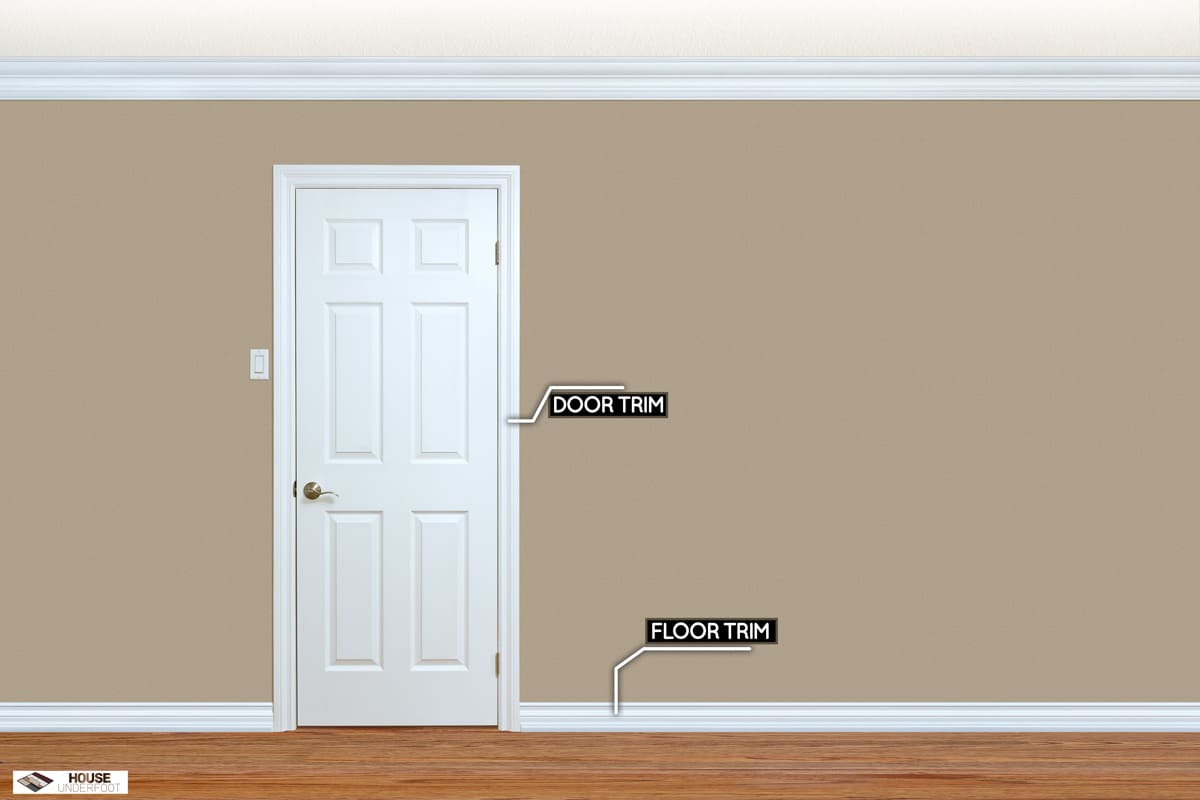
How Do Door Trim And Floor Trim Differ?
Identifying the differences between door trim (or casing) and baseboard (or floor trim) can be confusing. Both have functional and decorative properties. Plus, you can find floor trim and door trim of the same materials.
They are similar in that they both conceal gaps at joints. Both have aesthetic qualities that add character to your home.
What Is Door Trim?
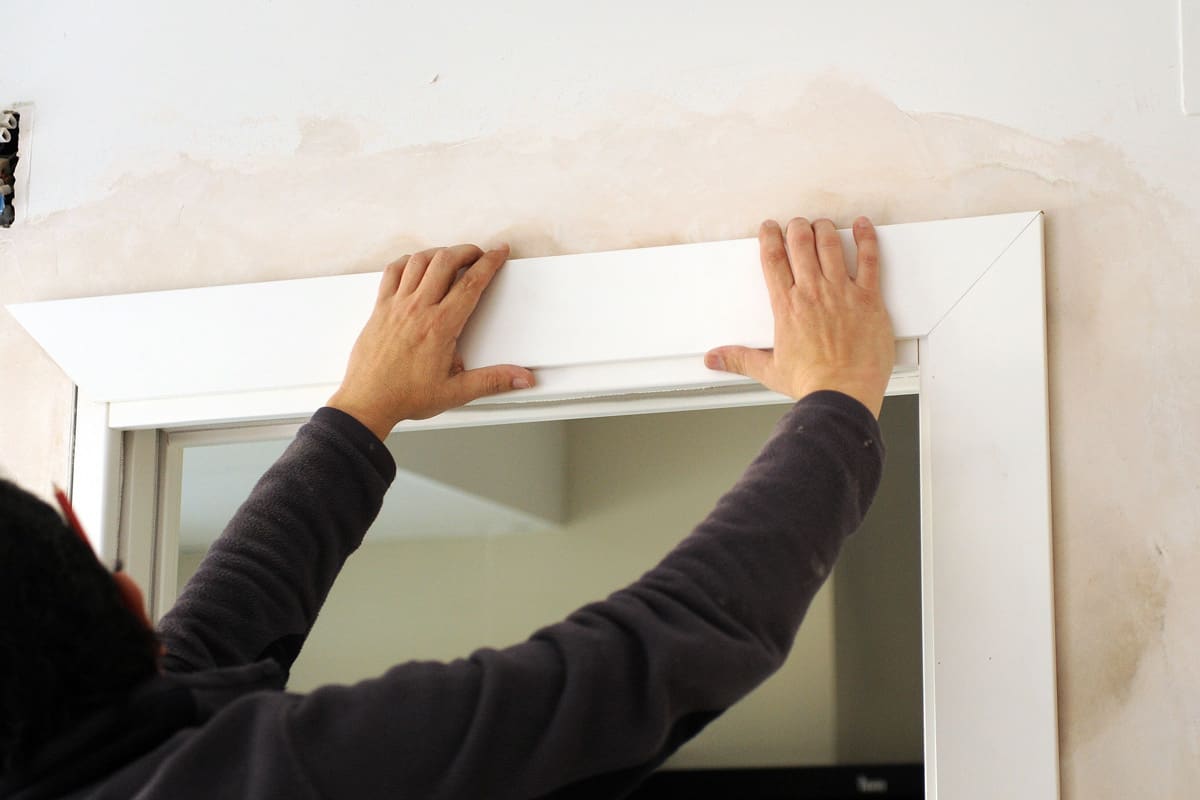
Door trim, or casing, is a trim or molding that you install around doorways and windows to frame them. The framing often creates the effect of showcasing the next room or the outdoor scenery. Casing is often thicker than floor trim.
What Is Floor Trim?
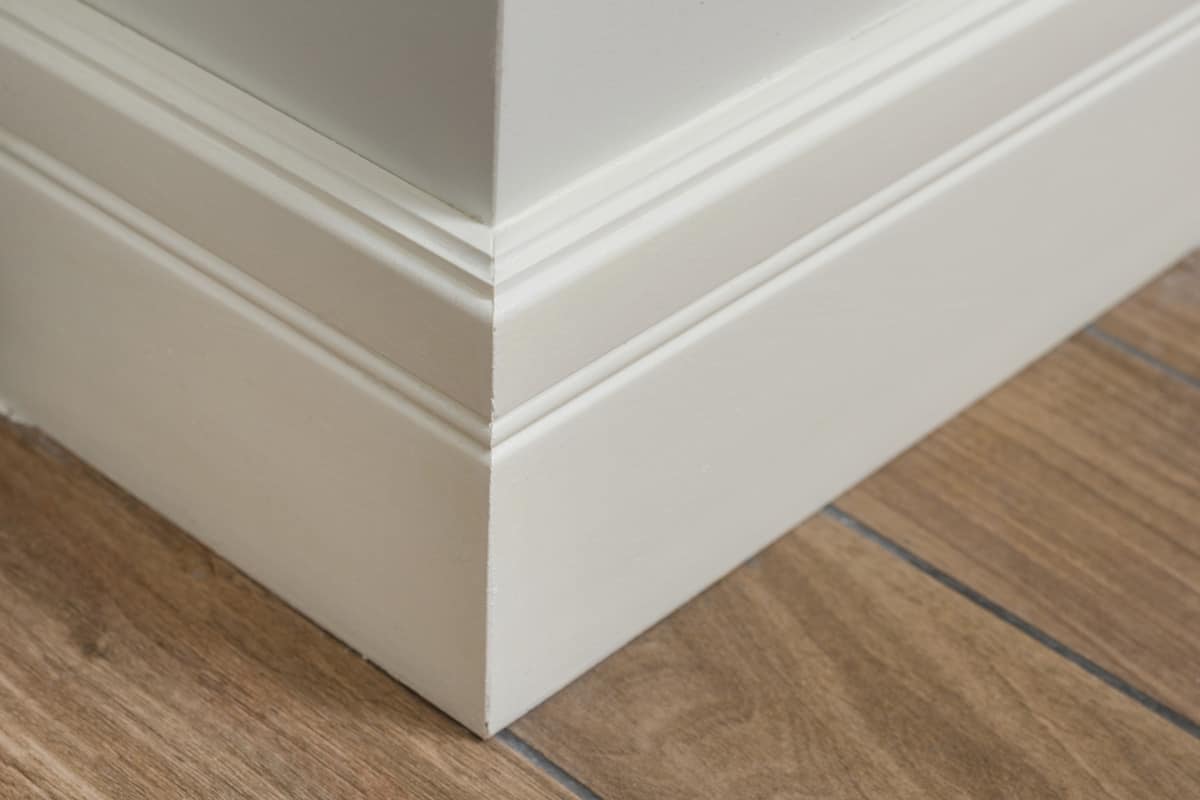
Floor trim, or baseboard, is a trim or molding that you install where the floor and wall meet. Baseboard is often a few inches taller (since you often install it horizontally) than the width of a casing (since you usually install door trim vertically).
Baseboard is often an eighth of an inch thinner than a door casing. Baseboard is also known as base molding, floor molding, mopboard trim, skirting, skirting board, or wainscoting.
Why Do You Need Baseboard?
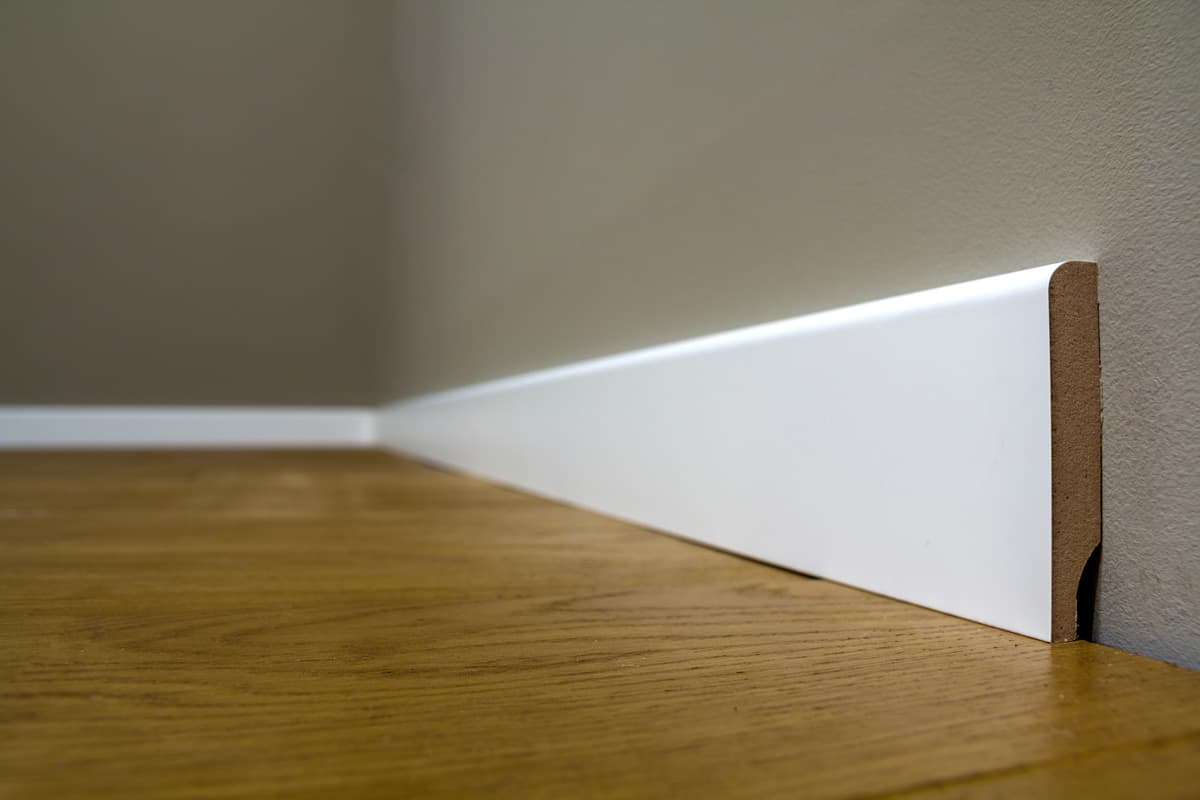
Baseboard is a piece of long material that you install at the bottom of the floor where it meets the wall.
Most floor trim is made of wood to match hardwood floors. It completes the floor and transitions it to the wall.
If you have tile floors, you use a bullnose trim to transition the floor to the wall. Bullnose trim can be ceramic or porcelain. You can install them over the last tile before the wall or next to it, creating the 90-degree transition.
Although bullnose trim is primarily compatible with tile floors, you can still use it with hardwood and laminate floors.
A wall base is another type of baseboard. It is a plastic or rubber trim that you install on a carpet or vinyl floor. It is a common choice of baseboard for commercial or public places.
Baseboards And Floor Gaps
Aside from transitioning the floor to the wall, baseboards cover the gaps at the end of the floor and the wall.
Why is this important?
When you install a hardwood floor or even engineered wood floors, there is a gap that is a quarter of an inch between the floor slabs and the wall. This space is important because it accommodates the expansion of the floor slabs. Without this gap, your floor will have peaks and valleys when it expands.
Materials naturally shrink and expand with temperature changes. Wood expands even more because of its ability to absorb moisture.
Wall Protection
Another important function of baseboards is to protect your wall from mops and other cleaning equipment. Floor cleaning equipment can hit the base of the wall where it meets the floor and damage it.
Why Do You Need Casing?
The purpose of door trim is the same as your floor trim. It covers the unavoidable gaps that come from the construction of the doorway. If the door jamb is not flush with the adjacent wall, the door trim will cover that gap.
Covering the gap between the door jamb and the wall helps protect the hardware of the door inside from the elements. It also prevents insects from settling in that gap.
When you install door trim on the exterior of your house, it covers the gap for the sidings. Like your hardwood floors, some sidings also require an expansion gap. Some siding materials expand and contract with temperature changes, necessitating the addition of a gap.
Another purpose of door trim is to create a frame for the doorway. If the door trim is consistent with all the doors in your house, it can create a specific look and feel for your home.
Door Trim Materials
Door trim is often made from wood or engineered wood. Fiber cement and polyvinyl chloride are also popular materials for door trims. Medium-density fiberboard door trim is also available for certain designs.
Can You Use Baseboard As Door Trim?
Homeowners often want their door trim to match the floor trim of their house. The mindset is that if you use the same trim for the baseboard and the door casing, you will have door trim and floor trim that match.
But can you use the same baseboard for your door trim?
You can use the floor trim for the door trim. However, keep in mind that this choice can make your door trim unappealing or dull.
Most door trim has a design that draws the eyes towards the style of the door. On the other hand, baseboard doesn’t have the same effect because it was not made for that purpose. So using floor trim as door trim might not showcase your doors the way real door trim would.
Moreover, since a baseboard is normally thinner than a casing, you would need to cut the baseboard along its thickness to make it thinner. The thicker casing should create a shadow line with the baseboard. This shadow line helps transition your door from the wall and frame the room beyond.
Additionally, since baseboard is often taller than casing, you will also need to trim the height (or width) of your casing to make it slightly shorter than the baseboard.
Can You Use Door Trim As Baseboard?
If you switch the question around, the answer is yes.
Since you already have door casing, your doorways will not be dull since the casing should have the design to showcase your door.
However, you will still need to make some modifications to the casing.
You should trim the width of the casing to make it slightly shorter than the baseboard. Additionally, you will need to make the floor trim thinner than the casing.
What’s The Difference Between Molding And Trim?
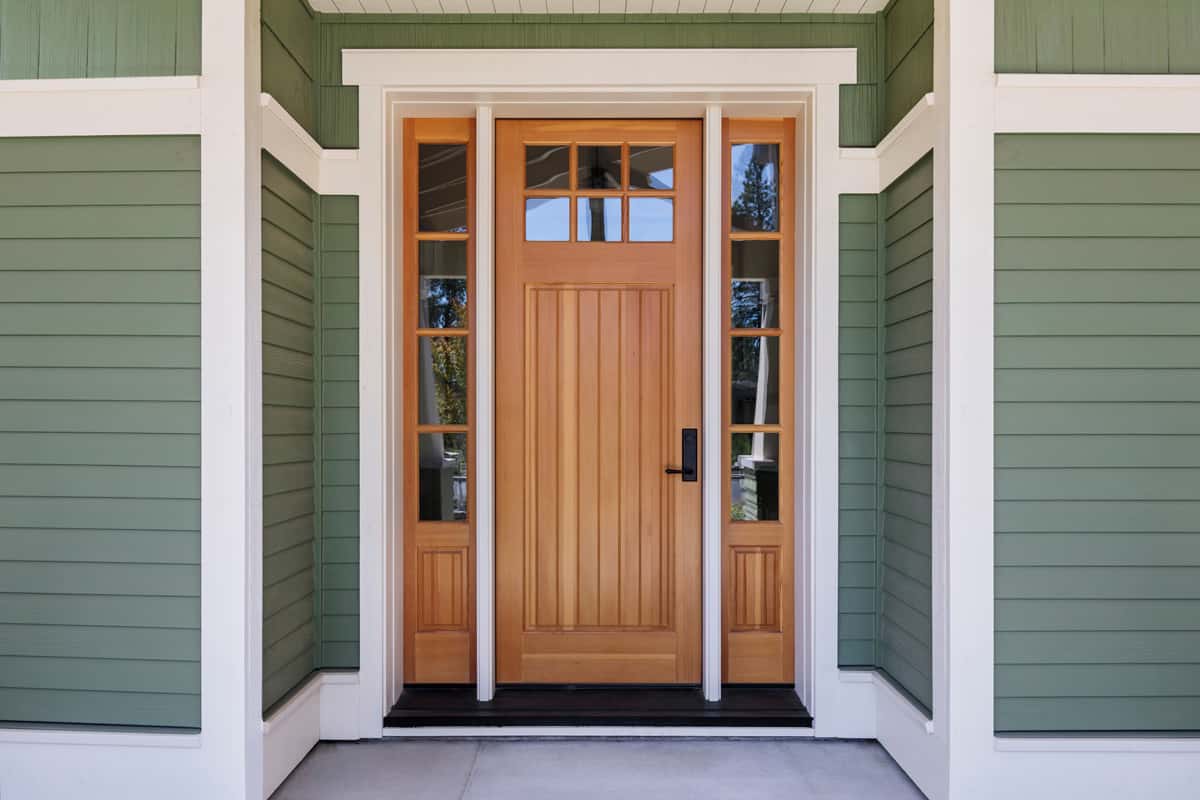
The words molding and trim are terms that you probably hear a lot from contractors and designers, but is there a difference between the two?
The word trim is a blanket term that refers to all the molding you use inside your home. This blanket term includes the casings for the door and windows and even the baseboards.
A molding, on the other hand, is a subset of trim with a more decorative profile than regular trim. A good example is the crown molding that transitions your wall and the ceiling.
Types Of Trim
You probably have different types of trim inside your home, and you might not realize that these elements can be classified as trim. There are many different types of trim. The classification of these types comes from where you’d normally find them.
Casing
You can think of casing as a frame that you place around an opening like a doorway or window. When you look out your window, the casing makes the scenery outside seem to be a moving picture.
Crown Molding
You will find this type of trim where the ceiling and the wall meet. Thus, it is always at the top of the wall, like its crown.
It has the word “molding” in its name probably because most crown molding has a profile that is more decorative than normal trim, although it does cover gaps between the ceiling and the wall too.
Wall Trim
Wall trim refer to all other trim that you place on the wall but not on openings, corners, or edges.
Do Taller Baseboards Look Better?
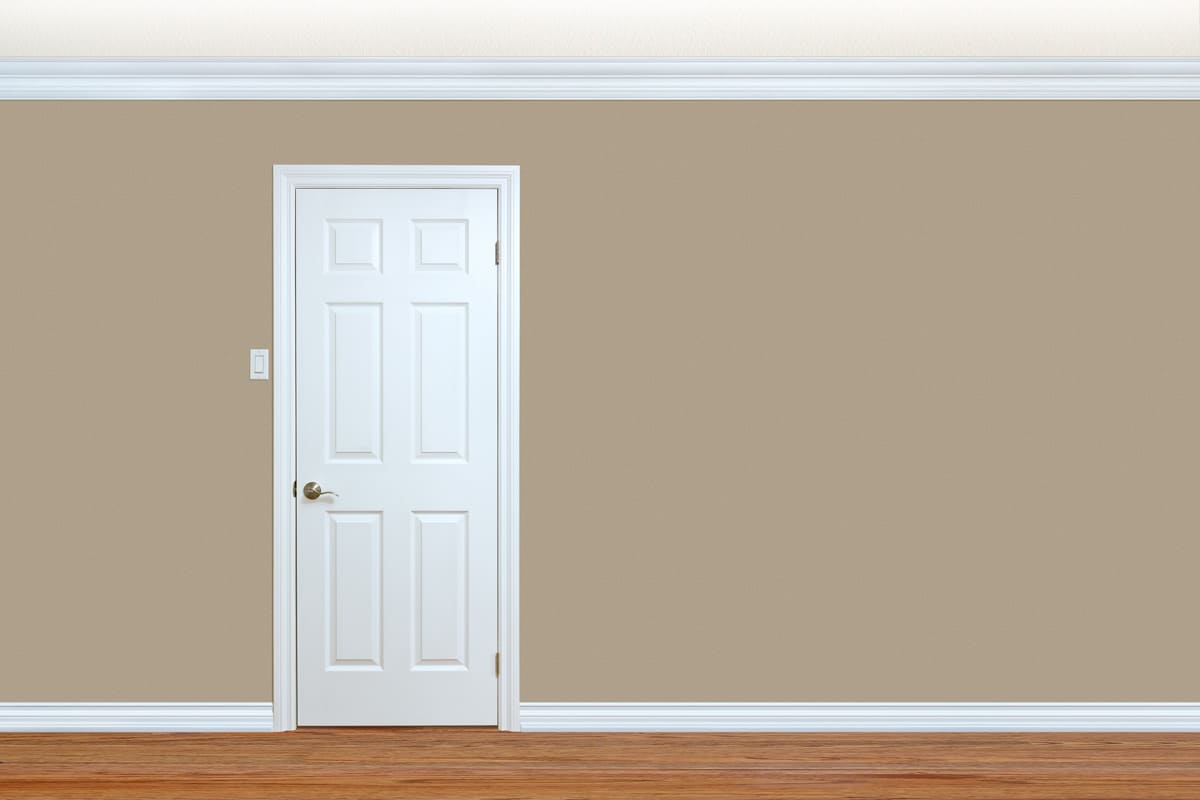
Baseboards look better if they are in proportion to the height of the room. So, how do you know the best proportion between your baseboard and the height of the ceiling?
As a rule of thumb, the 7% rule will help you keep your baseboard within the right proportion. The 7% rule means that the height of the baseboard—in inches—should be 7% or the height of the room in inches.
Thus, an 8-foot-tall ceiling should have a matching baseboard that is around 7 inches in height.
Conclusion
Door trim (or casing) and floor trim (or baseboard) are not the same, but you can still use one for the other with minor modifications.
If you enjoyed reading this article, you might find the articles below equally helpful:


